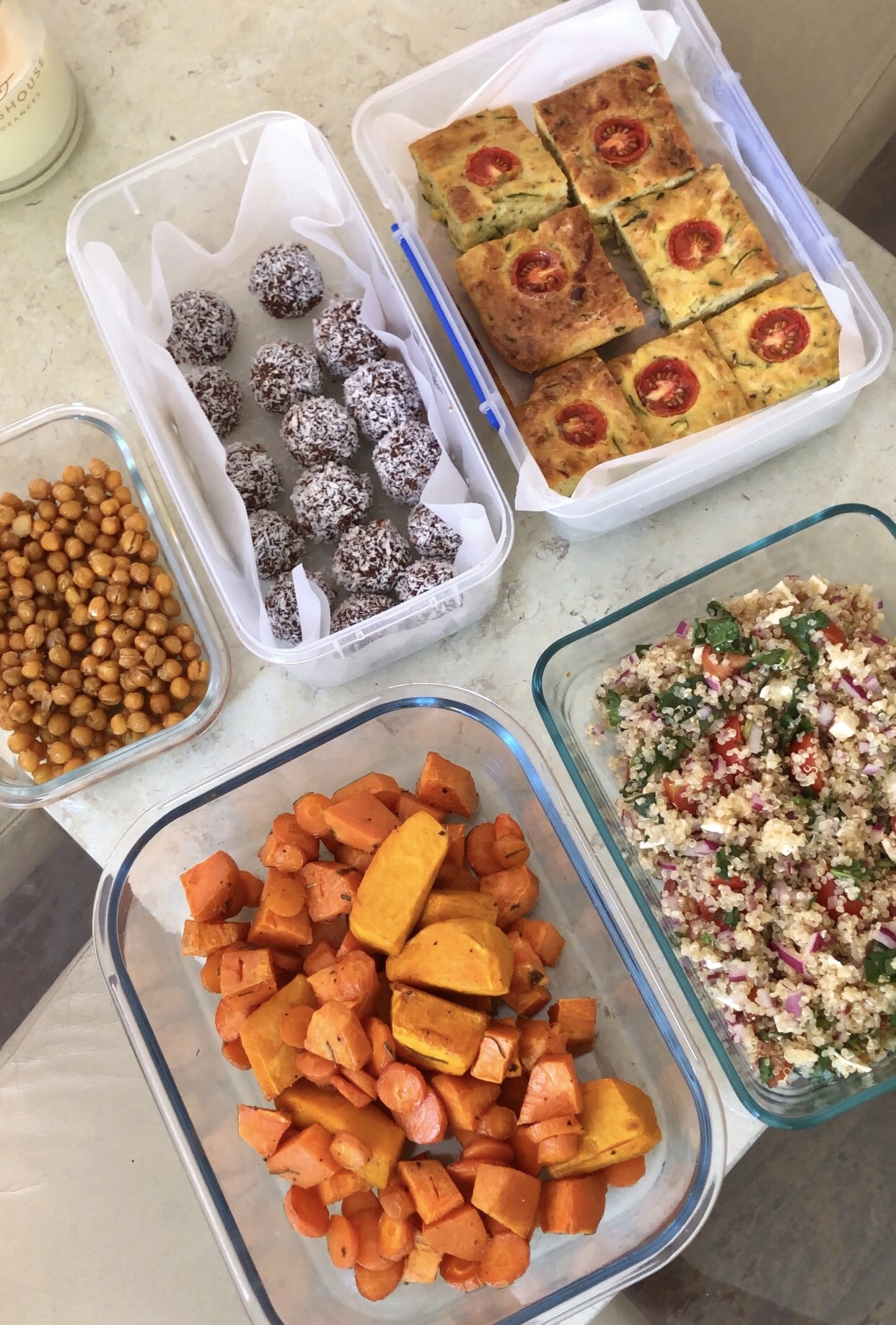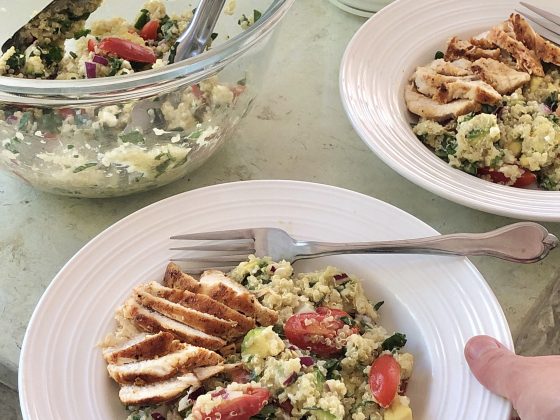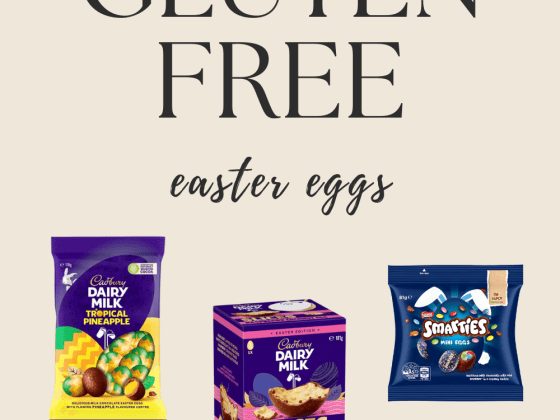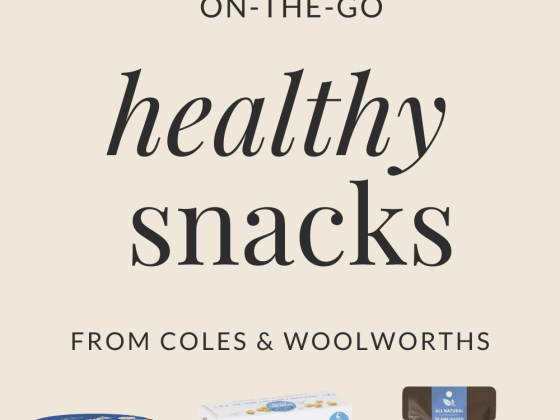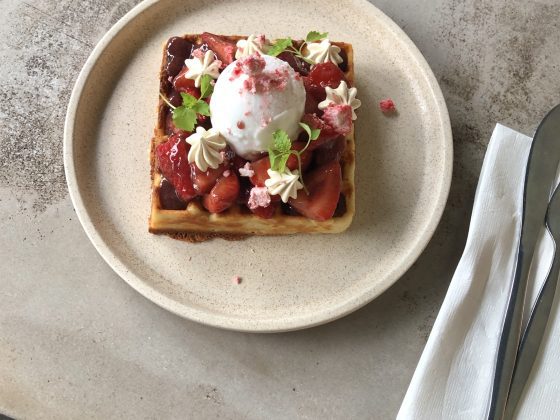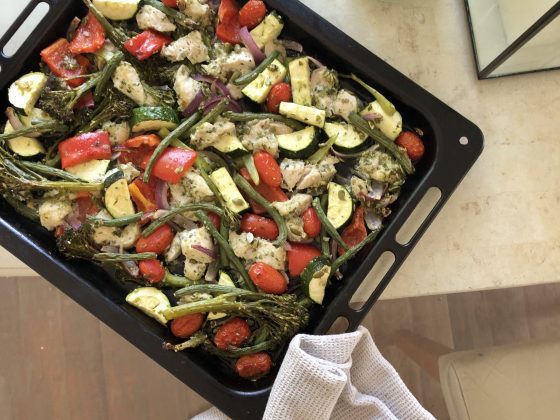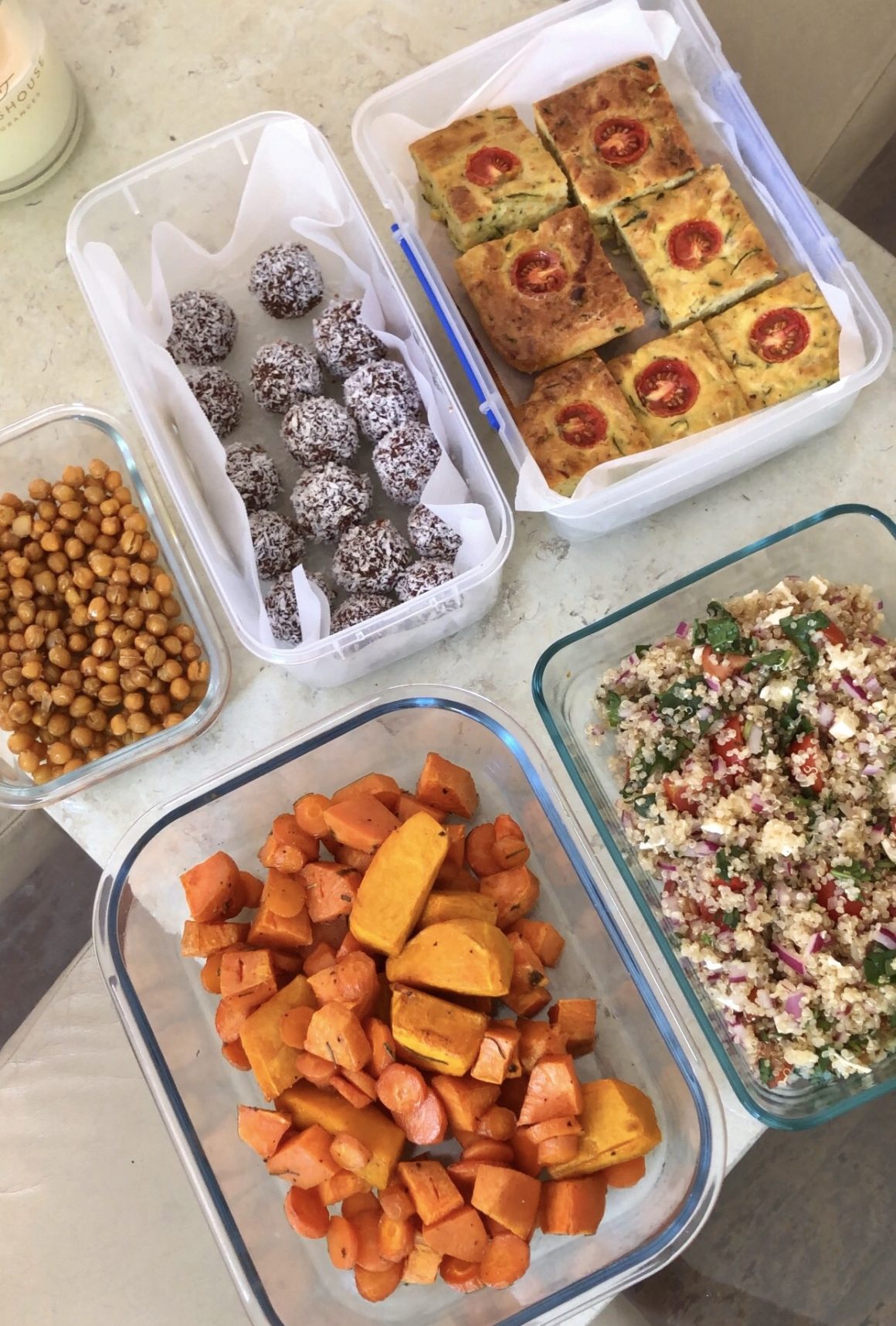
In today’s fast-paced world, meal prep has become a popular way to maintain a healthy lifestyle. However, meal prepping isn’t for everyone. Some may find it overwhelming, whilst others simply don’t like the idea of eating the same meals throughout the week. That’s where flexible meal prep comes in! This approach allows you to maintain structure while keeping your meals exciting and adaptable to your lifestyle.
What is Flexible Meal Prep?
Flexible meal prep is all about preparing components of meals rather than assembling full meals in advance. Instead of cooking and portioning out the same meal for every day of the week, you prep versatile ingredients that can be mixed and matched to create a variety of meals. Here are the benefits of flexible meal prep:
- Variety and Creativity: you can enjoy different meals every day without feeling restricted to a set menu.
- Reduced Food Waste: prep only what you’ll use and customise based on your preferences.
- Adaptability: perfect for anyone with fluctuating schedules or cravings that change throughout the week.
- Balanced Nutrition: mix and match ingredients to meet your nutritional goals.
How to Get Started with Flexible Meal Prep
1. Plan Your Core Ingredients
Start by choosing versatile ingredients that you enjoy and can be used in multiple dishes. Here are some examples:
- Proteins: Grilled chicken, baked tofu, hard-boiled eggs, or cooked lentils.
- Grains: Quinoa, brown rice, couscous, or whole-grain pasta.
- Vegetables: Roast a variety of vegetables like sweet potatoes, pumpkin or carrots.
- Extras: Prep sauces, dressings, or condiments like hummus, vinaigrette or pesto for added flavour.
2. Prep in Batches
Set aside time to prep or cook these ingredients in bulk. Roast vegetables, cook grains, and prepare proteins.
3. Store Ingredients Separately
Keep your prepped components in separate containers. This keeps them fresh longer and allows you to customise meals as you go.
4. Mix and Match Throughout the Week
Use your prepped ingredients to create different meals. Here are some examples of how you can use your core ingredients in different ways:
- Roasted vegetables: as a side, or in nourish bowls, salads, pasta dishes, wraps, homemade pizza or scrambled eggs.
- Boiled eggs: as a snack, or on top of salads or toast.
- Hummus: used for dipping veggie sticks or as a spread on wraps/sandwiches.
- Chicken: used in nourish bowls, salads, wraps, sandwiches, pasta dishes, or homemade pizza.
5. Keep Quick Staples on Hand
Stock your pantry and freezer with essentials like canned beans, frozen vegetables, and whole-grain tortillas. These items can supplement your prepped ingredients and add variety.
Tips:
- Use Seasonal Ingredients: Incorporate fresh, seasonal produce to keep costs low and add variety.
- Experiment with Flavours: Switch up your spices, marinades, and sauces to keep meals interesting.
- Invest in Quality Storage: Airtight containers and glass jars can help keep your ingredients fresh and organised.
- Stay Flexible: If you’re craving something different, use your prepped ingredients as a base and get creative!
Flexible Meal Prep Example
Core Ingredients:
- Grilled chicken breasts
- Quinoa
- Roasted sweet potatoes, zucchini, and carrots
- Spinach and rocket (arugula) mix
- Hummus and tzatziki
Meal Ideas:
- Mediterranean Bowl: Quinoa, grilled chicken, roasted veggies, and tzatziki.
- Veggie Wrap: Spinach, roasted sweet potatoes, hummus, and zucchini in a whole-grain tortilla.
- Chicken Salad: Spinach and rocket topped with grilled chicken, roasted veggies, and a lemon vinaigrette.
I hope these tips help! After a bit of practice, you’ll find that it’s an easy and sustainable way to stay on track of your health goals without feeling confined to a rigid plan. By prepping versatile ingredients you can create meals that are nutritious, delicious, and perfectly suited to your needs.
For more meal inspiration, check out my guide to building balanced meals or my summer salad inspiration.
Talk soon!
Chanté x
